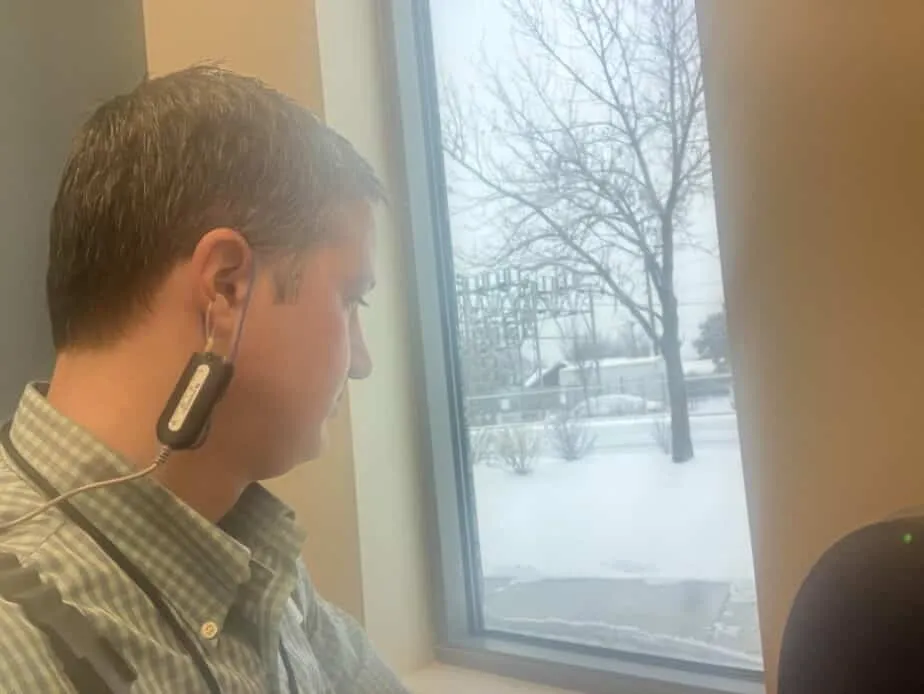Real ear measurements are an essential part of the hearing aid fitting process, providing a critical step towards ensuring a successful and personalized experience for hearing aid users. These measurements are used to confirm that the hearing aid settings are providing the correct amplification of both soft and loud sounds.
Real ear measurements are the best tool for an audiologist to know if your hearing aids are working correctly and in the best settings for you. They are considered the GOLD STANDARD for hearing aid fittings.
Real ear measurements take into account the unique anatomy of each individual’s ear and provide a more accurate assessment of the sound levels being delivered to the eardrum.
By measuring the sound levels directly in the ear canal, the audiologist can make precise adjustments to the hearing aid settings to ensure that the sound is amplified correctly and comfortably for each individual. This results in a more personalized and effective hearing aid fitting experience, providing improved hearing, communication, and quality of life.
How Real Ear Measurements are Conducted
Real ear measurements are an important aspect of the hearing aid fitting process. This test is conducted by a clinical audiologist and is designed to confirm that the hearing aid settings provide the correct amplification of soft and loud sounds. The process of real ear measurements involves several steps, including machine calibration, otoscopy, and probe placement.
Machine Calibration
The first step in real ear measurements is to calibrate the machine. This involves setting the machine to the correct settings to ensure accurate and reliable results. The audiologist will adjust the settings based on the patient’s hearing loss and individual needs.
Otoscopy
After the machine is calibrated, the audiologist will perform an otoscopy. This is a simple examination of the ear to check for any obstructions or problems that may affect the accuracy of the test. The audiologist will also use this opportunity to clean the ear and remove any earwax that may be present.
Probe Placement

The final step in the real ear measurement process is the placement of the probe. The probe is a small device that is placed in the ear and connected to the machine. This allows the audiologist to measure the sound that is being delivered to the ear and compare it to the ideal target for that particular patient. The probe provides a more accurate representation of the sound being delivered to the ear and is a crucial step in the hearing aid fitting process.
It is important to conduct the real ear measurements in a controlled and accurate environment. The audiologist must ensure that the test is performed in a quiet room to minimize any background noise that may affect the results. They must also ensure that the machine and probe are functioning correctly and that the test is conducted accurately to provide the most accurate results.

